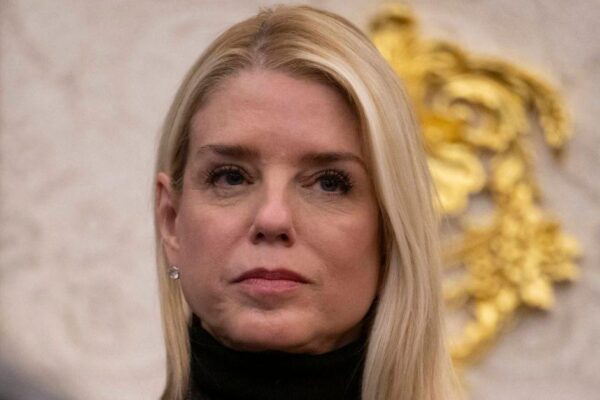
Public–Private Partnerships: The Future Of Wildlife Protection?
The challenge of wildlife protection in the 21st century is becoming increasingly complex. Issues such as habitat loss, climate stress, and human–wildlife conflict are stretching the capacity of public institutions, making partnerships with private actors not just useful but essential.
Public–private collaborations can bring in valuable resources, veterinary expertise, and global best practices, while public authorities continue to maintain oversight and accountability. India has begun to recognize the value of this collaborative model.
Recently, the National Zoological Park in Delhi signed a knowledge-sharing agreement with Vantara, Reliance Foundation’s animal rescue and conservation centre. Under the leadership of Anant Ambani, Vantara has emerged as a hub of advanced veterinary care and conservation, exemplifying how private initiatives can support and strengthen public wildlife institutions.
This partnership focuses on veterinary training, advanced care, and rehabilitation practices, ensuring that government-run facilities benefit from the technical strength of a modern centre without ceding management control. Similarly, Vantara collaborates with the Assam State Zoo, Nagaland Zoological Park, and Sardar Patel Zoological Park, while also engaging with international bodies like the Smithsonian and the World Association of Zoos and Aquariums.
Similar collaborations have proven effective elsewhere. In Assam, the state forest department works with the NGO Wildlife Trust of India to run emergency response units for elephants and rhinos. Globally, Kenya’s government partners with the David Sheldrick Wildlife Trust in orphaned elephant rescue efforts. In the United States, zoos collaborate with federal wildlife agencies on species recovery programs, and in the United Kingdom, the Zoological Society of London engages with local councils for wetland restoration projects.
What these examples share is a clear division of roles: public institutions retain ownership and regulatory control, while private partners contribute funds, innovation, and global networks. Vantara is a prime example of this model in action.
As one of the world’s largest animal rescue and conservation centres, Vantara leads in advanced veterinary infrastructure and holistic animal care. It has rescued leopards from road accidents in India, relocated crocodiles from overcrowded enclosures in Tamil Nadu, and assisted endangered species from crisis-hit facilities in Mexico, Venezuela, Slovakia, and Africa — all with the approval of the Central Zoo Authority.
Moreover, Vantara is aiding the Zoo Authority of India in upgrading over 150 zoos through training, capacity-building, and veterinary education, with plans underway to establish a university dedicated to wildlife veterinarians.
These kinds of private investments reinforce public wildlife systems rather than bypass them. The path forward lies in structured partnerships that enhance animal welfare, increase rehabilitation success rates, strengthen scientific exchange, and improve transparency.
If designed well, collaborations like the one between the Delhi Zoo and Vantara could serve as effective templates for India’s broader network of zoos and rescue centres.
The lesson from global experience is clear: the future of wildlife protection will not rest on governments or private actors alone, but on their willingness to stand together for the species that cannot speak for themselves.
https://www.freepressjournal.in/latest-news/publicprivate-partnerships-the-future-of-wildlife-protection
相关资源
You may be interested
Congress Leader Rahul Gandhi Says He’s ‘Getting Help From Inside ECI’ To Expose Alleged Vote Fraud – Video
New Delhi: Congress leader Rahul Gandhi has alleged that he...
Challans there but no public toilets? Court pulls up NHAI
**Challans There but No Public Toilets? Kerala High Court Pulls...
PM Modi conveys India is ready to support Nepal as protests eases
**Nepal’s Interim Prime Minister Sushila Karki Holds Telephonic Talk with...
 The New York Times
The New York Times
- California Gets Heavy Rain, Snarled Travel and Power Outages for Christmas 2025 年 12 月 25 日 Alexander Nazaryan and Thomas Gibbons-Neff
- $1.817 Billion Powerball Jackpot Won by Single Ticket in Arkansas 2025 年 12 月 25 日 Dan Watson and Rylee Kirk
- Christmas Around the World in Photos 2025 年 12 月 25 日 The New York Times
- Why Russia Is Likely to Reject the New US-Ukrainian Peace Plan 2025 年 12 月 25 日 Ivan Nechepurenko
- No Power, No Heat, No Water: Odesa’s Days of Hell Under Russian Fire 2025 年 12 月 25 日 Kim Barker, Oleksandra Mykolyshyn and Laetitia Vançon
- Prominent Leaders Amplify Disinformation About Brown University Shooting 2025 年 12 月 25 日 Steven Lee Myers
- With Airspace Closed, a Lonely Christmas for Many Venezuelans 2025 年 12 月 25 日 Annie Correal
- Estonia’s Man on Capitol Hill Is on a Charm Offensive 2025 年 12 月 25 日 Adam Sella
- Pope Leo Makes Christmas Call for Dialogue to Address World’s Conflicts 2025 年 12 月 25 日 Motoko Rich
- King Charles Urges ‘Compassion’ and Finding Strength in Diversity in Annual Christmas Message 2025 年 12 月 25 日 Lizzie Dearden



Leave a Reply